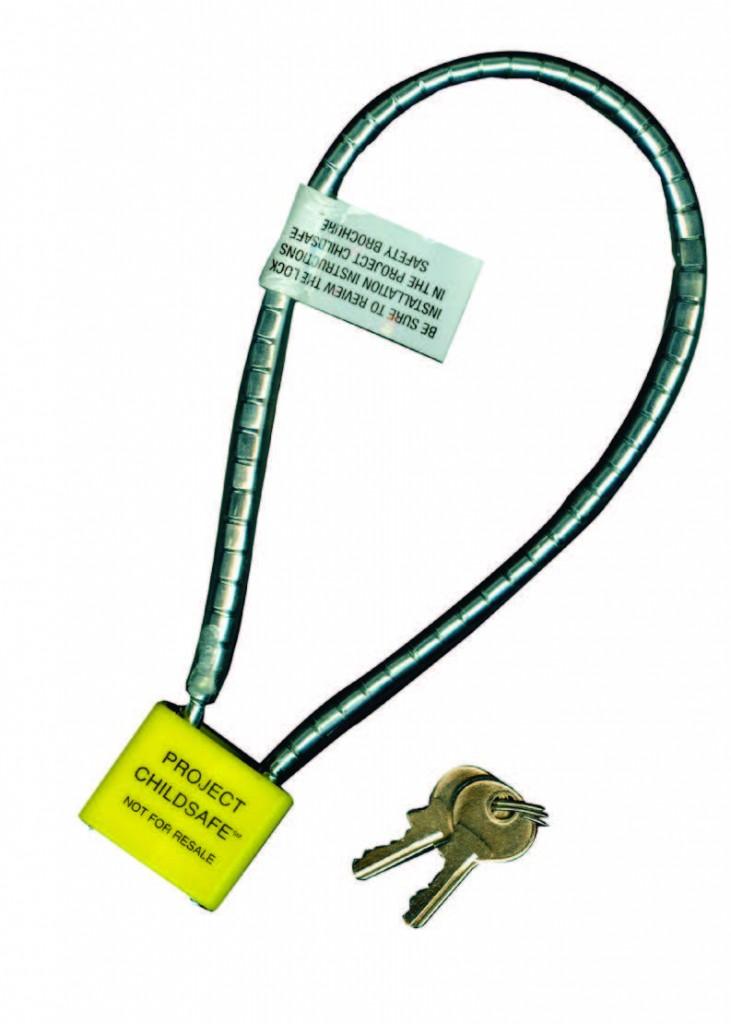By Steve Knight/editor-in-chief
“Shots fired on campus — the last sound you’d expect on a college campus.”
Those words begin Shots Fired on Campus, a video produced by the Center for Personal Protection and Safety and designed to educate students with strategies for surviving an active shooter incident, that is now available on TCC’s Web site.
Although statistics show that TCC campuses have low crime-rates, violent events, such as those that occurred at Virginia Tech and Northern Illinois, could happen here.
TCC Police Chief Frank Buchanan said the college is attempting to be proactive by making the video available on the Internet site.
“The objective is to empower, not bring fear, to as many people as possible,” he said. “We want students to gain knowledge of what actions to take in case of an active shooter on campus. Not knowing causes a problem.”
The 20-minute video shows that after the first startling moments, students can overcome their fear and learn what it takes to survive a life-threatening situation.
“Survivors make a commitment. They take a personal stake in their own safety and security. They do whatever it takes emotionally and mentally to survive a critical incident,” said retired FBI Crisis Negotiation Unit Chief Steve Romano in a center-released statement.
According to the statement, the video demonstrates how running, hiding or barricading a door could help students survive an active-shooter incident.
The video emphasizes the survival mindset, a belief that the individual can take control and survive a shooting incident.
The survival mindset stresses awareness, taking time to understand the situation; preparation, asking “what if?” questions to develop a response plan; and rehearsal, practicing that response plan — three keys to survival discussed in detail on the program.
Buchanan recommends that students avoid the area of a shooting.
If inside a room, students must deny the shooter entry by barricading the door. Only as a last resort, a
group of students can defend themselves by spreading out, throwing objects to distract the shooter, then team up on the shooter to take the weapon away, Buchanan said.
Colleges and universities across the country are showing this video to students, faculty and staff, including Cornell University in Ithaca, N.Y.
“Colleges and universities have spent a great deal of time and money since Virginia Tech and Northern Illinois in trying to make their campuses safer.
“Showing the Shots Fired video to our employees is one of the best things we can do,” said Allen Bova, Cornell’s director of risk management in a statement.
“Every employee that has viewed it says there should be mandatory viewing for every student, staff member and faculty member. It empowers people and meets a real need.”
Buchanan said students should report incidents or threats to TCC police.
Anyone wishing to remain anonymous may use the tip line at 817-515-TIPS.
The video can be viewed only from within the TCCD computer network requiring log on. So viewing must be done on campus.
Students can access the program by selecting Emergency Info from the TCC home page, then selecting Critical Incident Information from the menu.
An edition for faculty and staff can be accessed from the same page.

























